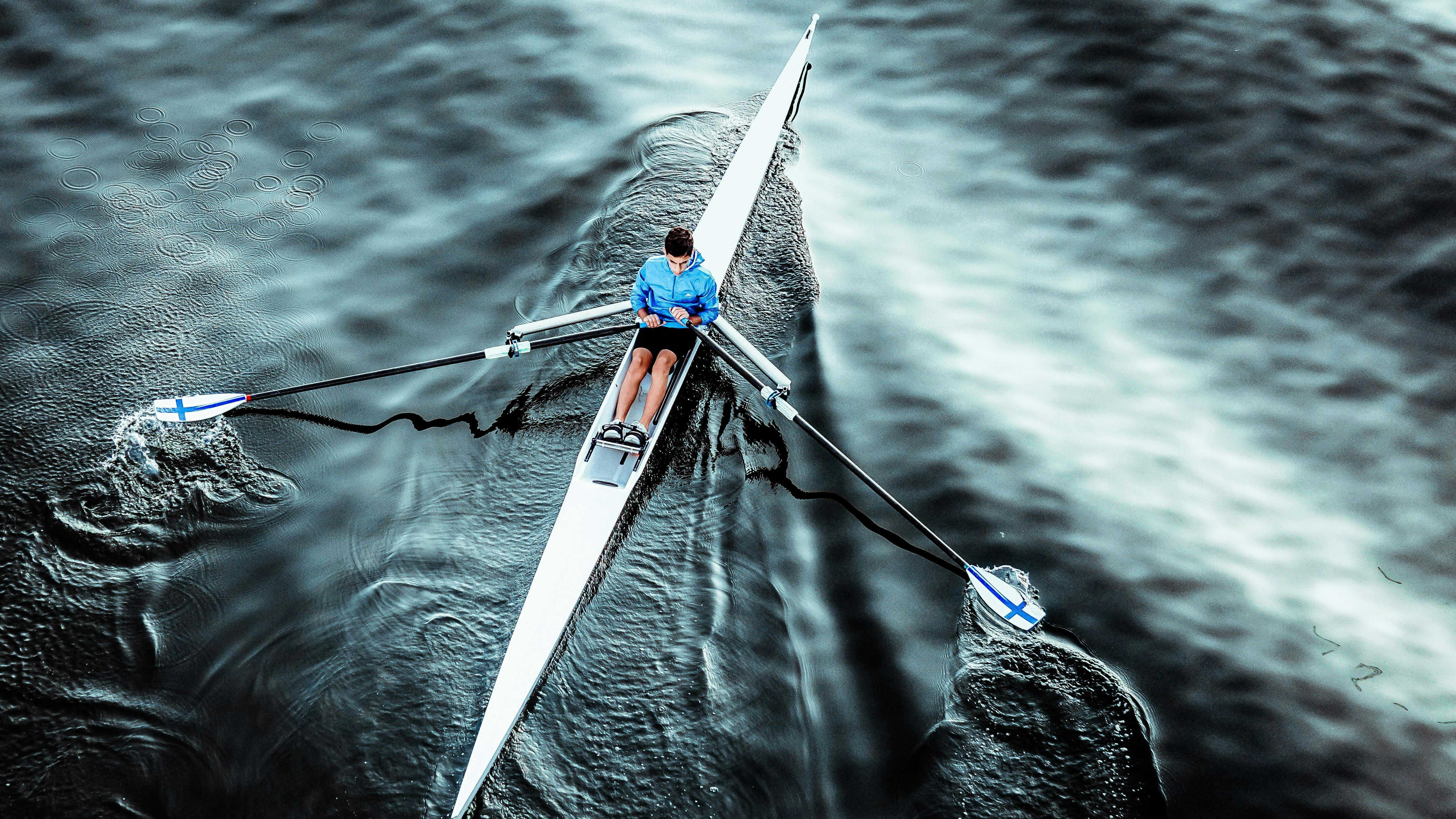The Hidden Mechanics of Rowing: An Insightful Journey
Rowing, often perceived as a serene, almost meditative sport, holds a depth of complexity beneath its calm exterior. This article delves into the intricate mechanics of rowing, revealing the science, strategy, and stamina that shape this unique discipline.

Rowing has a rich history, dating back to Ancient Egyptian times. Over the centuries, it evolved from a mode of transport to a competitive sport, with the first modern rowing race held in the early 19th century in England. Today, rowing is a globally recognized sport, with numerous variations including sweep rowing, sculling, and indoor rowing.
The current trend in rowing emphasizes the importance of the holistic development of athletes. This includes not just physical conditioning but also mental resilience, teamwork, and strategic planning. While the sport’s mechanics are crucial, understanding the athlete’s psychology and team dynamics is equally vital.
Rowing’s mechanics are a blend of power, precision, and timing. The stroke’s power comes from the legs, with the upper body providing stability and control. The oar’s angle and the rower’s posture and rhythm directly impact the boat’s speed and stability. However, these elements present their own challenges. Too much power can upset the boat’s balance, while lack of synchronization can disrupt the team’s rhythm.
Research-backed training methods focus on developing rowers’ endurance, strength, flexibility, and technique. Endurance training forms the base, supplemented by strength training to enhance power output. Flexibility exercises ensure smooth, efficient movements, while technical drills hone the rowers’ skill and synchronization.
Despite its seeming simplicity, rowing is a complex and demanding sport. Its unique blend of physical prowess, mental resilience, and strategic execution sets it apart from other sports disciplines. Whether on the tranquil waters of a lake or the simulated environment of an indoor rowing machine, the sport offers a challenging and rewarding journey for those who dare to delve beneath its surface.
History and Evolution
Rowing’s roots trace back to ancient civilizations, where it served as a crucial mode of transport. As societies evolved, rowing transitioned from a means of survival to a competitive sport. This section explores the historical context and key developments that shaped rowing into the sport we know today.
The Anatomy of a Stroke
The rowing stroke is a complex movement, a blend of power, precision, and timing. This section breaks down the stroke’s mechanics, highlighting the role of each body part and the importance of synchronization and rhythm.
Rowing Strategy: Beyond Physical Strength
Rowing is not just about physical strength but also strategy and mental resilience. This section delves into the importance of race strategy, teamwork, and mental strength in achieving success in this demanding sport.
Training for Rowing: Strength, Endurance, and Technique
Rowing requires a unique blend of strength, endurance, and technical skill. This section explores the various training methodologies used to develop these attributes, backed by the latest research in sports science.
Rowing’s Challenges and Rewards
Rowing is an incredibly demanding sport, presenting numerous challenges to its athletes. However, it also offers immense rewards, not just in terms of athletic achievement but also personal growth and development. This section explores these challenges and rewards, providing a holistic view of the sport.
Rowing is a fascinating sport, a blend of history, science, and human endeavor. While its mechanics may seem simple on the surface, the complexities that lie beneath offer a journey of discovery, revealing the true depth of this unique discipline. As we row into the future, the sport continues to evolve, offering new insights and challenges to those who dare to journey beneath its calm exterior.




